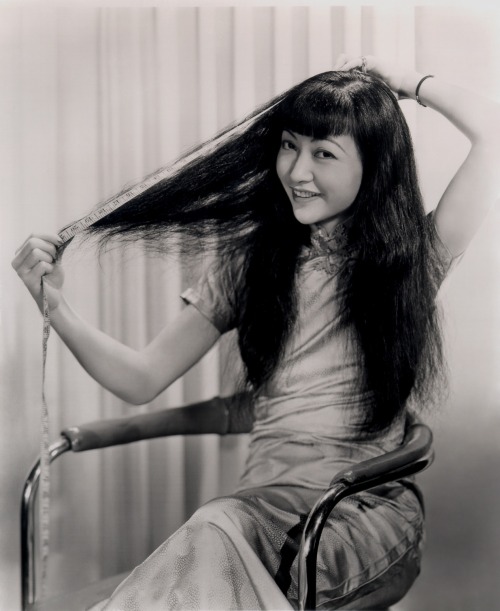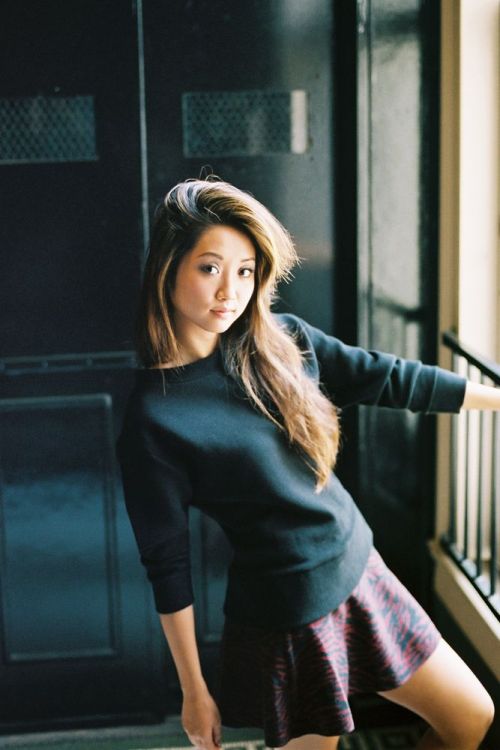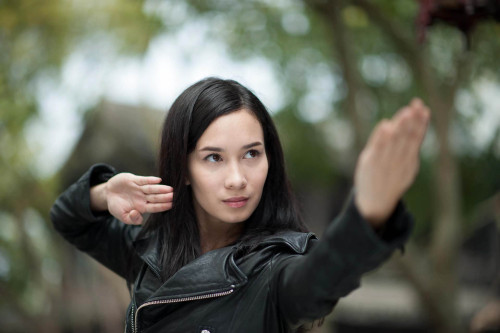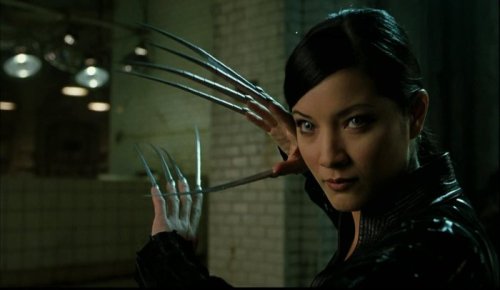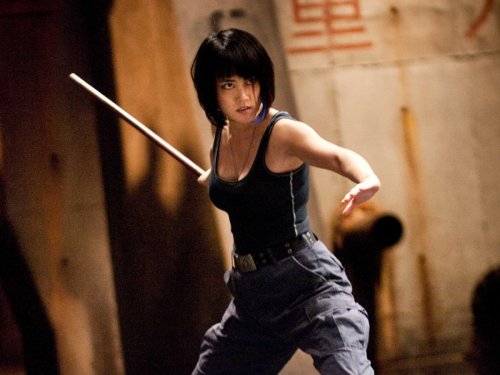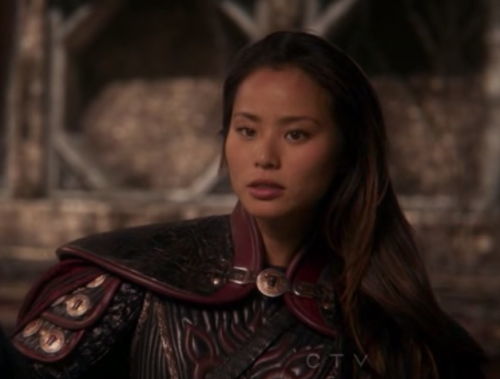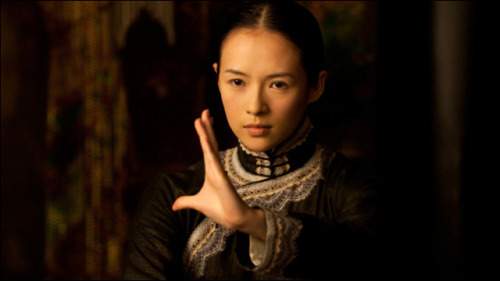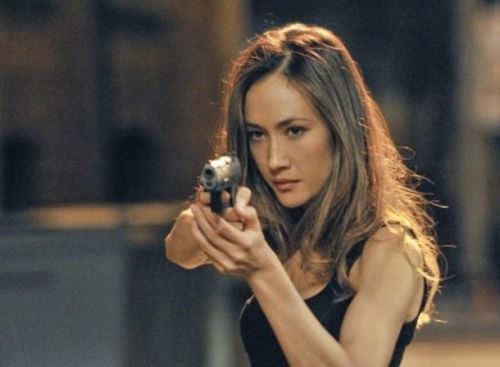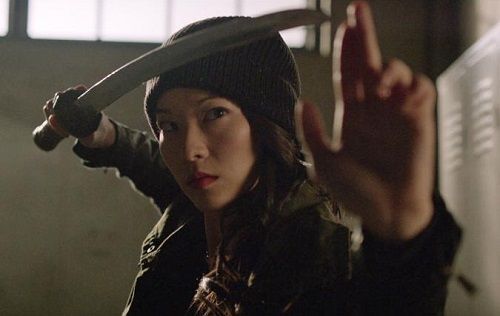#famous asians in entertainment
Anna May Wong/Huáng Liǔshuāng/黃柳霜: Why she kicks ass
- She was the first Chinese American movie star, and the first Asian American actress to gain international recognition. Her long and varied career spanned both silent and sound film, television, stage, and radio.
- At the age of 17 she played her first leading role, in the early Metro two-strip Technicolor movie The Toll of the Sea. Written by Frances Marion, the story was based loosely on Madama Butterfly. The New York Times commented, “Miss Wong stirs in the spectator all the sympathy her part calls for, and she never repels one by an excess of theatrical ‘feeling’. She has a difficult role, a role that is botched nine times out of ten, but hers is the tenth performance. Completely unconscious of the camera, with a fine sense of proportion and remarkable pantomimic accuracy … She should be seen again and often on the screen.”
- During the silent film era, she acted in The Toll of the Sea (1922), one of the first movies made in color and Douglas Fairbanks' The Thief of Bagdad (1924). Wong became a fashion icon, and by 1924 had achieved international stardom
- However, due to anti-miscegenation laws, she was often passed over for the leading female role, which prevented her from sharing an on-screen kiss with any person of another race.There was only one leading Asian man in U.S. films in the silent era, so unless Asian leading men could be found, she could not be a leading lady.
- In the late 1930s, she starred in several B movies for Paramount Pictures, portraying Chinese Americans in a positive light. These smaller-budgeted films could be bolder than the higher-profile releases, and she used this to her advantage to portray successful, professional, Chinese-American characters.
- She paid less attention to her film career during World War II, when she devoted her time and money to helping the Chinese cause against Japan.
- She returned to the public eye in the 1950s in several television appearances as well as her own series in 1951, The Gallery of Madame Liu-Tsong, the first U.S. television show starring an Asian-American series lead.
- She often used her celebrity to make political statements: late in 1931, for example, she wrote a harsh criticism of the Mukden Incidentand Japan’s subsequent invasion of Manchuria. She also became more outspoken in her advocacy for Chinese American causes and for better film roles. In a 1933 interview for Film Weekly entitled “I Protest”, Wong criticized the negative stereotyping in Daughter of the Dragon, saying, “Why is it that the screen Chinese is always the villain? And so crude a villain – murderous, treacherous, a snake in the grass! We are not like that. How could we be, with a civilization that is so many times older than the West?”
- In 1934, the Mayfair Mannequin Society of New York voted her “The World’s best-dressed woman”, and in 1938 Look magazine named her “The World’s most beautiful Chinese girl”.
- In a stopover in Tokyo on the way to Shanghai, local reporters, ever curious about her romantic life, asked if she had marriage plans, to which Wong replied, “No, I am wedded to my art.” The following day, however, Japanese newspapers reported that Wong was married to a wealthy Cantonese man named Art.
Post link
Fri, 27 Feb 2015 23:10:39
Fri, 27 Feb 2015 22:20:44
Anna May Wong/Huáng Liǔshuāng/黃柳霜: Why she kicks ass
- She was the first Chinese American movie star, and the first Asian American actress to gain international recognition. Her long and varied career spanned both silent and sound film, television, stage, and radio.
- At the age of 17 she played her first leading role, in the early Metro two-strip Technicolor movie The Toll of the Sea. Written by Frances Marion, the story was based loosely on Madama Butterfly. The New York Times commented, “Miss Wong stirs in the spectator all the sympathy her part calls for, and she never repels one by an excess of theatrical ‘feeling’. She has a difficult role, a role that is botched nine times out of ten, but hers is the tenth performance. Completely unconscious of the camera, with a fine sense of proportion and remarkable pantomimic accuracy … She should be seen again and often on the screen.”
- During the silent film era, she acted in The Toll of the Sea (1922), one of the first movies made in color and Douglas Fairbanks' The Thief of Bagdad (1924). Wong became a fashion icon, and by 1924 had achieved international stardom
- However, due to anti-miscegenation laws, she was often passed over for the leading female role, which prevented her from sharing an on-screen kiss with any person of another race.There was only one leading Asian man in U.S. films in the silent era, so unless Asian leading men could be found, she could not be a leading lady.
- In the late 1930s, she starred in several B movies for Paramount Pictures, portraying Chinese Americans in a positive light. These smaller-budgeted films could be bolder than the higher-profile releases, and she used this to her advantage to portray successful, professional, Chinese-American characters.
- She paid less attention to her film career during World War II, when she devoted her time and money to helping the Chinese cause against Japan.
- She returned to the public eye in the 1950s in several television appearances as well as her own series in 1951, The Gallery of Madame Liu-Tsong, the first U.S. television show starring an Asian-American series lead.
- She often used her celebrity to make political statements: late in 1931, for example, she wrote a harsh criticism of the Mukden Incidentand Japan’s subsequent invasion of Manchuria. She also became more outspoken in her advocacy for Chinese American causes and for better film roles. In a 1933 interview for Film Weekly entitled “I Protest”, Wong criticized the negative stereotyping in Daughter of the Dragon, saying, “Why is it that the screen Chinese is always the villain? And so crude a villain – murderous, treacherous, a snake in the grass! We are not like that. How could we be, with a civilization that is so many times older than the West?”
- In 1934, the Mayfair Mannequin Society of New York voted her “The World’s best-dressed woman”, and in 1938 Look magazine named her “The World’s most beautiful Chinese girl”.
- In a stopover in Tokyo on the way to Shanghai, local reporters, ever curious about her romantic life, asked if she had marriage plans, to which Wong replied, “No, I am wedded to my art.” The following day, however, Japanese newspapers reported that Wong was married to a wealthy Cantonese man named Art.
Post link

